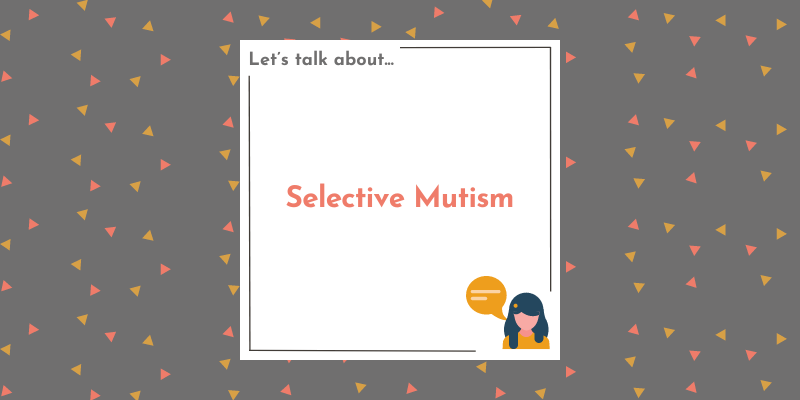Selective Mutism (SM) is an anxiety disorder where a person is unable to speak in certain social situations despite being able to communicate freely in other situations.
Selective Mutism is a phobia of talking and, like any phobia, being around it can make you freeze, sweat, feel sick and want to run away. There are approximately 1 in 140 pre or primary school age children with SM, although it is still misunderstood and underdiagnosed. Children are often described as ‘very shy’ (a personality trait) when in fact they may not be shy at all!
People with Selective Mutism can talk and communicate freely in some environments (usually home) but are unable to communicate freely in other environments. There is a marked difference in communication between settings which lasts longer than just a ‘settling in’ or ‘adjustment’ period. Selective Mutism usually starts between age 2-4 but can happen at any age. There is usually a trigger, which is often a normal everyday event that the person is unable to cope with due to their anxious disposition. This could be going to preschool for the first time where the child is asked lots of questions; they then link talking with the feeling of anxiety from being left by their caregiver.
SM is not linked with abuse or trauma – this is a common and damaging misconception!
Selective Mutism can persist into adolescence and adulthood if the correct support is not provided. People do not ‘grow out’ of selective mutism and it can become ‘progressive mutism’ when a person is unable to community with anyone. Even if they do not get formal support from a speech and language therapist or mental health practitioner, they may simply be fortunate to be with a teacher who natural communication style helps them to overcome selective mutism. A strong internal drive to push themselves out of their comfort zone to begin communicating slowly can also help overcome the condition. However, the more people that know about selective mutism the better!
What does selective mutism look like?
- A frozen or fixed facial expression when under pressure to speak. This can look like a smile or smirk, maybe with loss of eye contact, leading to people thinking it is a choice and the person is being rude.
- Consistently being unable to talk in certain social situations, usually school, despite seeming to enjoy attending and taking part (when talking is not required).
- There may be avoidance of situations where there is pressure to talk. For teenagers/young people this can lead to non-attendance at school.
- Able to communicate freely in at least one situation (usually home). If a young child is unable to communicate in all situations this is likely to be a speech or language difficulty, not Selective Mutism.
- The patterns persist for longer than 1 month – usually those around the person can tell much quicker than this so can try out some strategies to help.
- Children with SM may be more likely to be unwell due to the impact of their high anxiety levels on their immune system.
Two people have given an insight into life with selective mutism:
What does Selective Mutism feel like?
Nola (2;9) – ‘I just feel quiet at preschool. I just feel nervous’ ‘my tummy feels wobbly’
Natalie (32) – ‘I sometimes have a full body freeze when in group situation.’
‘It’s like a fire, it burns up towards my throat and then my throat closes so I can’t speak’
Other people (in the Selective Mutism Resource Manual – 2nd edition) have described SM as feeling like there is a blockage in their throat. This is likely to be the muscles in the vocal cords tensing up due to the adrenaline and cortisol released when the body is responding to the threat (talking). The body goes into ‘fight, flight, freeze’ mode.
How has Selective Mutism impacted you?
Natalie says ‘I feel like it’s held me back in certain areas of life, like getting parts in performances because I’m so quiet outside of the audition’ and on talking about her attendance at drama classes: ‘one day I’ll be able to join in with everything but another day I can’t do anything or join in’. ‘Someone once got frustrated with me and said “just talk” so I had to stop going to that activity. I wish it was that easy!’
Selective Mutism is an anxiety disorder, closely linked with Social Anxiety Disorder. We all have fluctuating levels of anxiety due to external factors such as hydration, sleep and other things that happen around us such as the journey to school/work, upcoming tests or appointments. This explains how some people are able to communicate to different levels from day to day.
What do you wish people knew about Selective Mutism?
Natalie – “I wish people knew it wasn’t a choice’ and ‘the reason I can talk and sing on stage is because it’s a character, it’s not me!’
Phoebe (10) – “I don’t choose not to [speak]”
Nola – “I want to talk to my friends and teachers”
Phoebe’s mum explained that Phoebe found it difficult to answer some of the questions about selective mutism, but the one she answered easily was ‘what do people do that make it harder?’
“Keep on talking at me! Like saying “You can talk to me can’t you, I won’t bite, she’s just shy, are you shy, you can talk to me, go on” and they won’t shut up”.
Advice from a parent
Phoebe’s mum explained her top tips on supporting her daughter:
- Never apologise to people about your child’s lack of speech in front of your child, if just makes the anxiety worse.
- I’ve found that when in locations/situations where I know Phoebe is unlikely to speak it’s important to allow her extra time to process any questions and answer if she can. Keep the answers required as brief as possible or answerable by gesture.
- Awareness cards are really useful. I have some which were designed by someone with SM. They are invaluable in new situations (dentist, doctor, after-school activities). These are available on stickmancommunications.co.uk/product/my-child-has-selective-mutism-card/
- Unplanned situations and conversations can create more anxiety. Phoebe hates if I stop to say hello to someone in the street or after school as it raises her anxiety that she will be addressed by the person as well.
- Phoebe likes routine and needs quiet time on her own after school. At bedtime, she likes to chat and we always tell each other 3 good things about our day.
What can you do to help people with selective mutism?
- Use commentary instead of questions – if the child is unable to reply to a question, they will feel the anxiety response which reinforces the fear of talking. By commenting about what they are doing with no pressure to respond they are actually more likely to join in the chatter. If not, that’s fine too, they are still being exposed to an opportunity which means it will get easier every time.
- Talk to children and young people about anxiety – you could use whatever words work best like ‘nervous’, ‘anxious’, ‘scared’. Acknowledging their feelings can help to reduce the anxiety instantly.
- Avoid labelling someone as ‘shy’ – this is a personality trait and is nothing to do with anxiety, and can make them feel this is their fault that they cannot talk.
- Natalie and Phoebe both said it’s easier when people “don’t make a big fuss of it!” If a person is able to communicate or not, just carry on as normal.
- If you are a parent/carer or teacher discuss your concerns as soon as possible. This may be the school Special Education Needs Co-ordinator (SENCo), GP, speech and language therapy services, educational psychologist or mental health services (CAMHS).
Where can you find more information and help?
Further information and resources will be shared on the Steph Black Speech and Language Therapy Instagram and Facebook pages.
Look up SMIRA – the biggest UK charity spreading awareness and information about selective mutism.
Search for TEDx Talks – “Talk” by Anna Vite and “Understanding Selective Mutism” by Candice Powell-Caldwell (parental view)
The States of Guernsey speech and language therapy team have ‘Let’s Talk’ clinics for preschool age children and you can contact Steph at Steph Black Speech and Language Therapy for a free chat about children and young people age 0-18 years.




